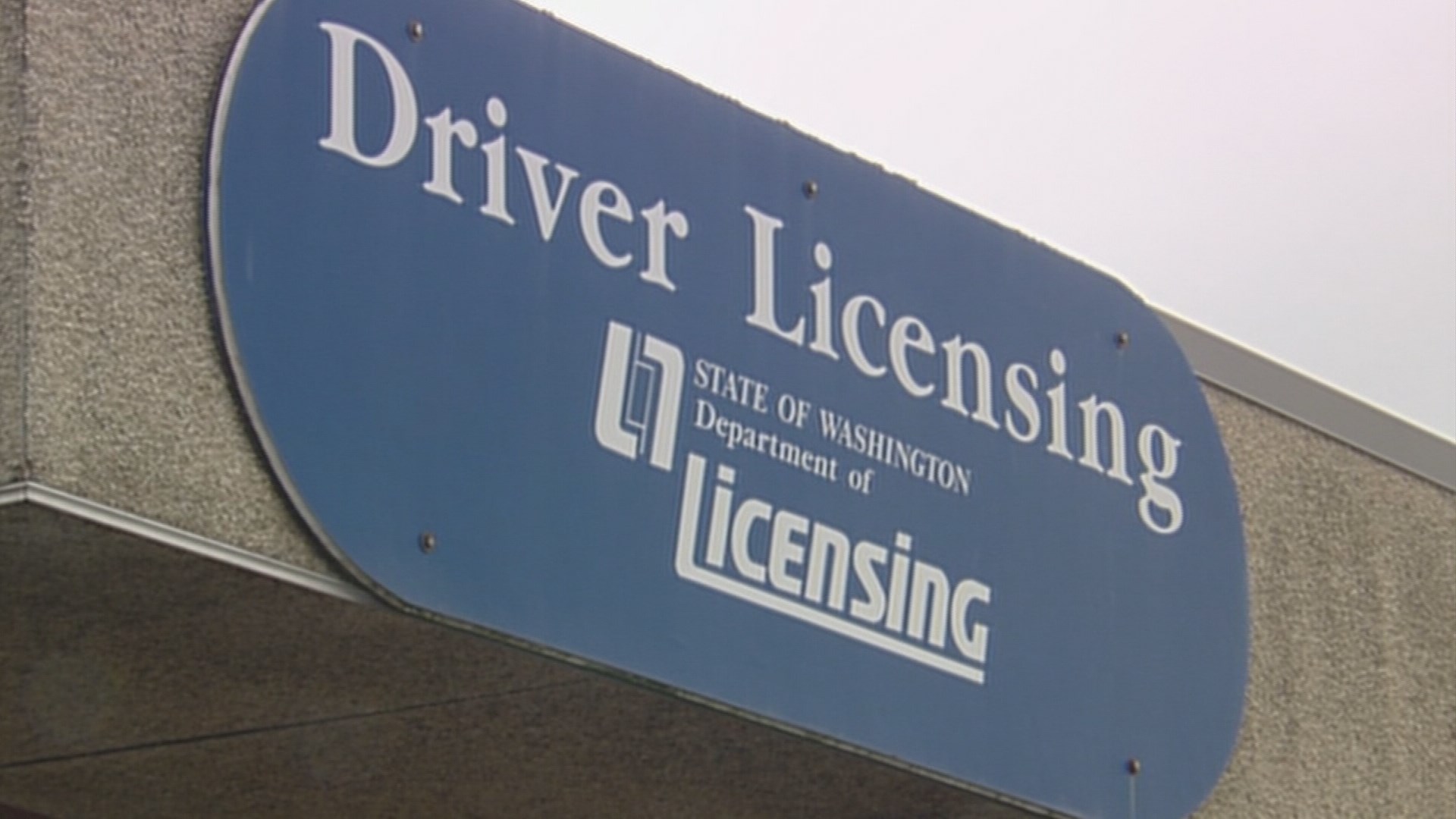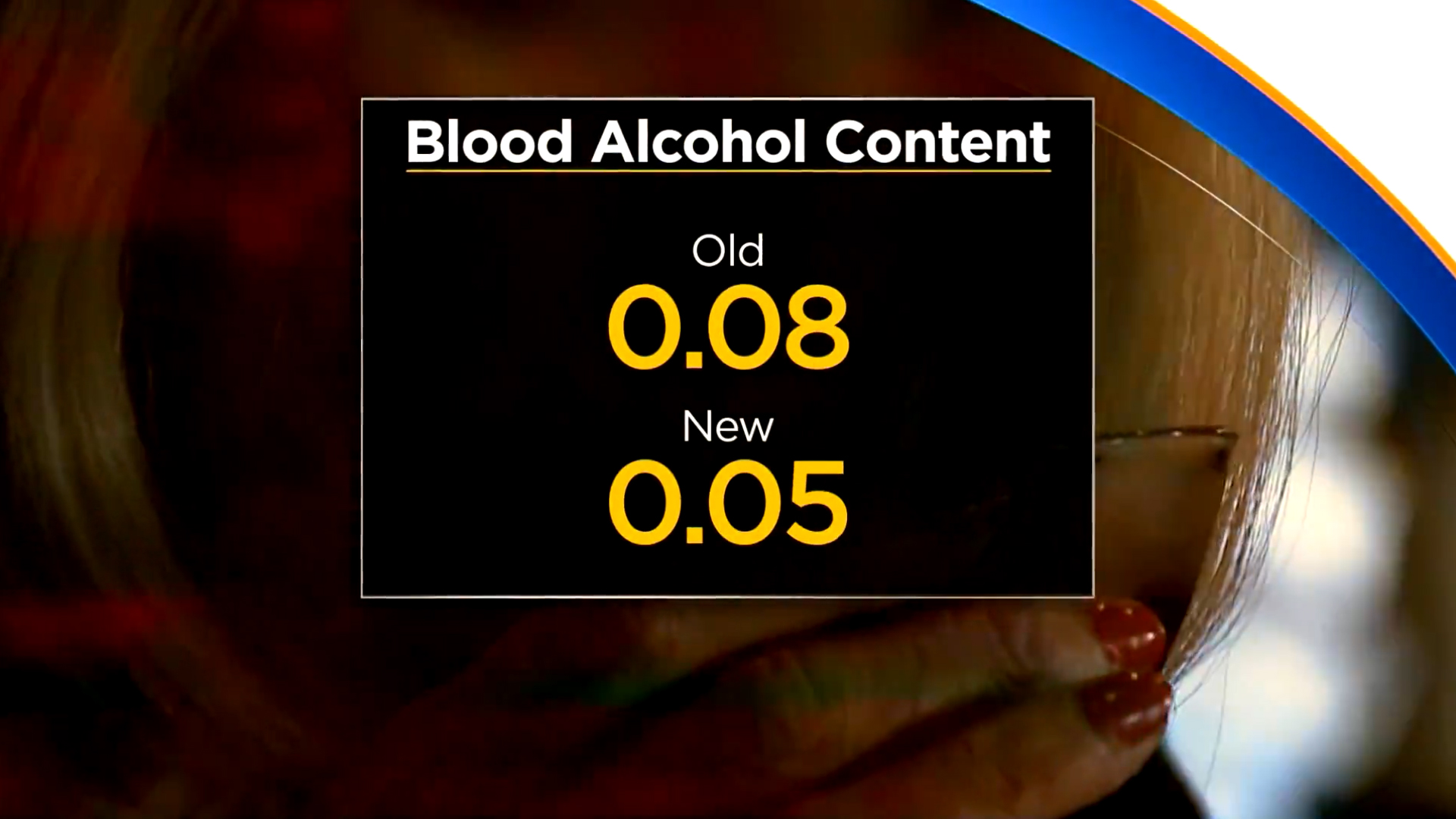
In Kansas v. Glover, the U.S. Supreme Court held that the stop of a vehicle is lawful after running the vehicle’s license plate and discovering that the registered owner’s driver’s license was suspended.
BACKGROUND FACTS
A Kansas police officer on traffic patrol performed a computer DOL check and stopped Defendant’s car for the sole reason that the car’s registered owner had a suspended license. The Defendant turned out to be the registered owner, and was arrested.
The Kansas Supreme Court held that the stop violated the Fourth Amendment. It reasoned that without further suspicion that the current driver was, in fact, the registered owner of the car, a stop solely premised on information that the registered owner had a suspended license violated the Fourth Amendment.
Kansas petitioned the U.S. Supreme Court for review, which was granted. Justice Clarence Thomas delivered the opinion of the Court in its 8-1 decision.
LEGAL ISSUE
Whether the Fourth Amendment allows police to stop a car when the only reason police have for the stop is that the car’s registered owner has a suspended license.
COURT’S ANALYSIS
The U.S. Supreme Court reasoned that an officer may initiate a brief investigative traffic stop when he has “a particularized and objective basis” to suspect legal wrongdoing.
“Here, the deputy’s common-sense inference that the owner of a vehicle was likely the vehicle’s driver provided more than reasonable suspicion to initiate the stop,” said the Court. “That inference is not made unreasonable merely because a vehicle’s driver is not always its registered owner or because Glover had a revoked license.”
The Court further reasoned that empirical studies demonstrate that drivers with suspended or revoked licenses frequently continue to drive. Also, the Court reasoned that Officers, like jurors, may rely on probabilities in the reasonable suspicion context.
“Moreover, the deputy here did more than that: He combined facts obtained from a database and commonsense judgments to form a reasonable suspicion that a specific individual was potentially engaged in specific criminal activity.” ~Justice Thomas, U.S. Supreme Court
My opinion? This decision is consistent with existing Washington precedent. Under State v. McKinney, a vehicle may be stopped based upon DOL records which indicate that the driver’s license of the registered owner of the vehicle is suspended. The officer need not affirmatively verify that the driver’s appearance matches that of the registered owner before making the stop, but the Terry stop must end as soon as the officer determines that the operator of the vehicle cannot be the registered owner.
Please contact my office if you, a friend or family member experience a questionable traffic stop from police. Hiring an experienced and effective criminal defense attorney is the first and best step toward justice.















